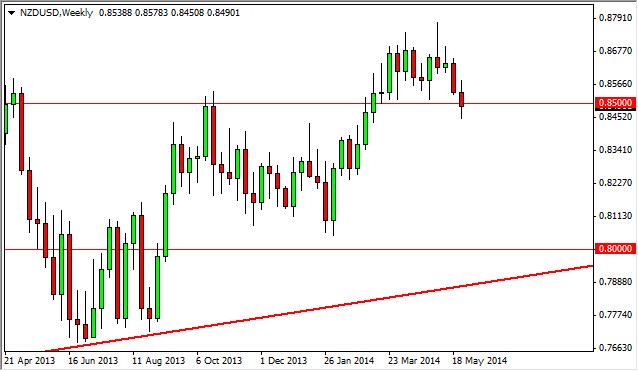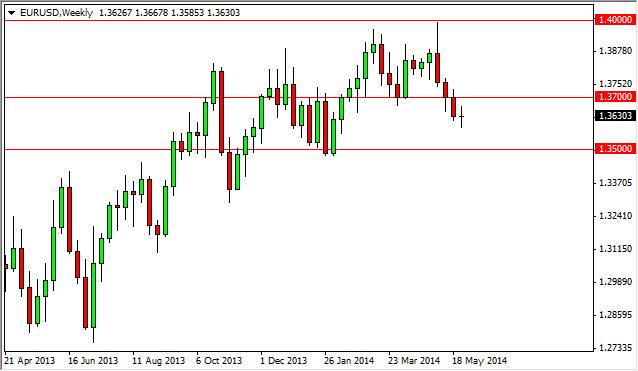NZD/USD forecast for the week of June 2, 2014, Technical Analysis
The NZD/USD pair went back and forth in a fairly wild week over the last 5 sessions, ultimately settling near the 0.85 handle. It appears that we are finding enough support in this general vicinity to keep the market somewhat afloat, but we recognize that the support goes all the way down to the 0.84 handle. Down there, things could get ugly, but at the end of the day we believe that the buyers will continue to step in and push the market higher. With that, we are bullish on a supportive candle.


 LinkBack URL
LinkBack URL About LinkBacks
About LinkBacks







 Reply With Quote
Reply With Quote



Bookmarks